
Established in 1727 by Jai Singh II, Jaipur is India’s first planned city — designed and developed by Bengali architect Vidhyadhar Bhattacharya upon ancient Hindu architectural principles of the Shilpa Shastra. It also happens to be India’s first pink city, ever since 1876 when Maharaja Ram Singh had it painted in pink, the colour of hospitality, in honour of King Edward VII. Jaipur has also served as the capital for former Kachwaha rulers, rendering it a veritable architectural museum and an ideal spot for a history enthusiast. The royal city is bustling with historical monuments like Maharaja Jai Singh’s astronomical observatory Jantar Mantar and the Govind Devji Temple, the most important prayer site for followers of Lord Krishna. Splendid fortresses like the Amber Fort — around which Jaipur is built — are a delight to behold; particularly during the Light and Sound Show which takes place every evening. Jal Mahal — a majestic Rajput palace featured in many a Bollywood movie — also lies here, at centre of the tranquil Man Sagar Lake. In addition to these, the city is replete with beautiful havelis, botanical gardens and museums, all dressed in shades of pink to enthral its visitors.
But there is much more to Jaipur than what first meets the eye. Other than captivating attractions, Jaipur is the hub of exquisite handicrafts, jewellery, turbans, embroidered saris and delicious cuisines from across India.
What truly struck me was the juxtaposition of the old and new in every nook and cranny of the Pink City. Years of expansion and increasing tourism have added multiple high-rises, elaborate shopping complexes and bustling traffic to Jaipur’s red sandstone landscape, of course. You may be baffled by a trendy eatery located next to an ornate, Mughlai structure but fortunately, the urban element largely remains confined to specific areas of the city.
The city witnesses most of the tourists during the colder months which allow one to wander the pink streets without getting scorched in the Rajasthani heat. So if you do decide to visit Jaipur, be sure to do so between October and March.
Published in The Express Tribune, November 2nd, 2014.


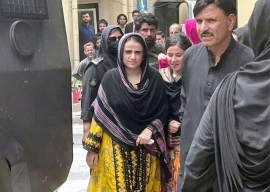


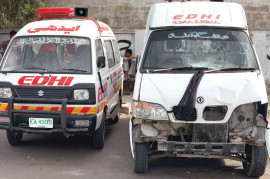
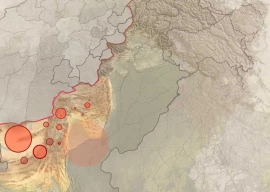
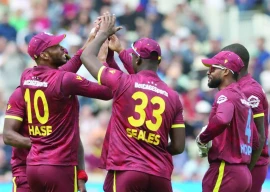

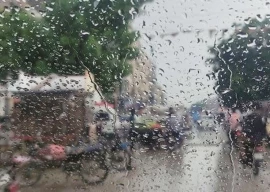

1728386780-0/BeFunky-collage-(38)1728386780-0-270x192.webp)






COMMENTS
Comments are moderated and generally will be posted if they are on-topic and not abusive.
For more information, please see our Comments FAQ